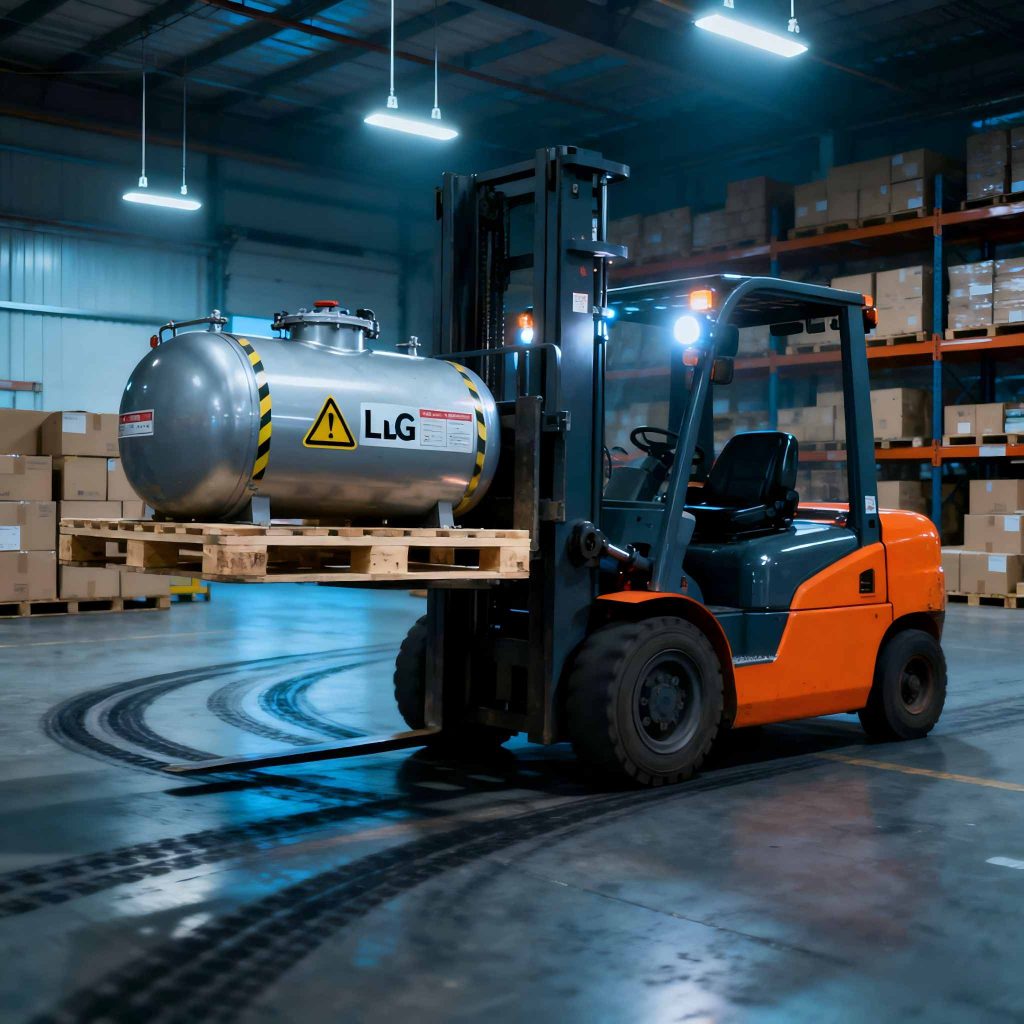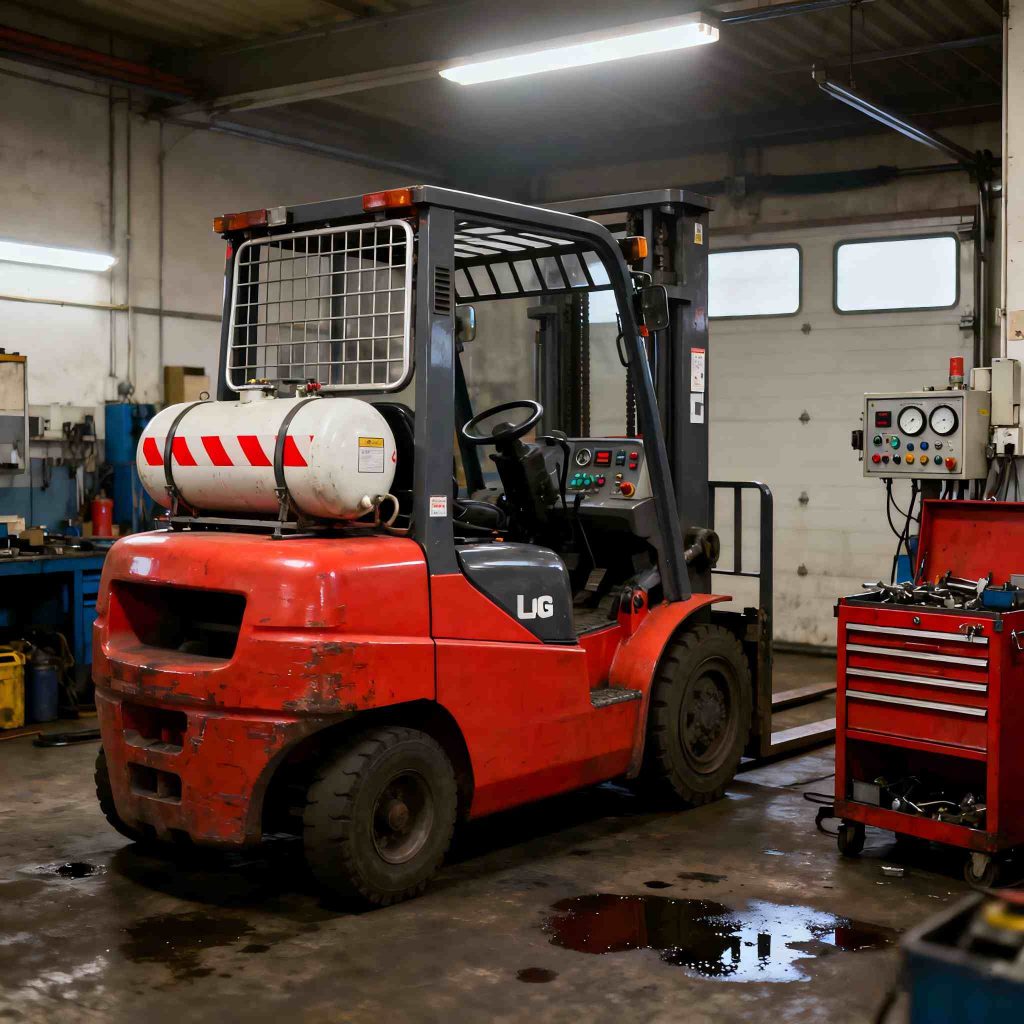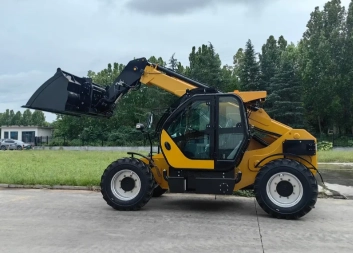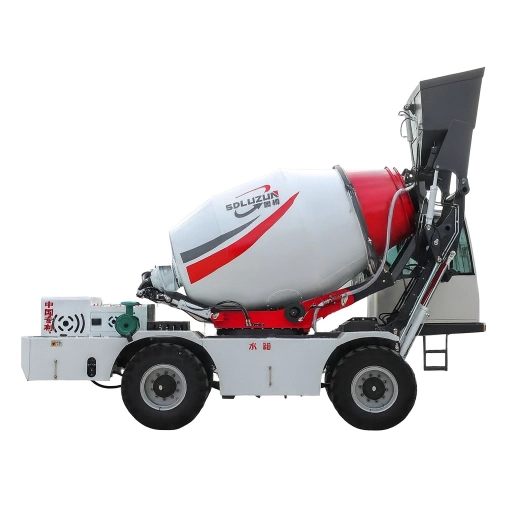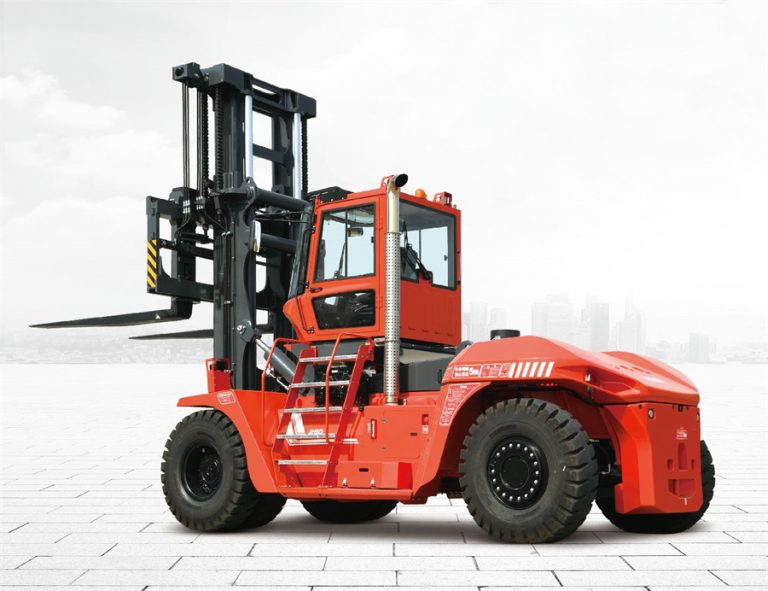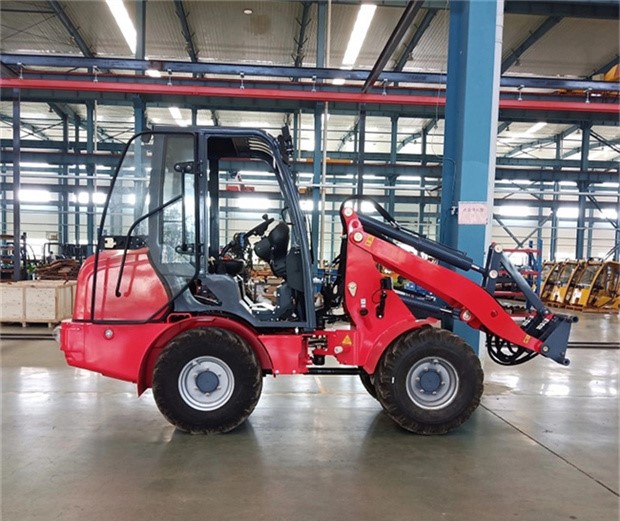Imagine a busy warehouse in Southeast Asia, where sticky air clings to everything, and workers hustle to shift goods. Or picture a frosty yard in Eastern Europe, pallets stacked high under a dull sky. In both places, one machine keeps the flow steady—the LPG forklift. These tough rigs have earned their global workhorse badge for a reason. They tackle rough jobs across borders and adapt to whatever fuel setup a region throws their way. If you’re in logistics, manufacturing, or any field moving heavy loads, LPG forklifts could be your key to smoother work worldwide. Let’s dig into why they’re a top pick for export and varied fuel markets.
Understanding LPG Forklifts: The Basics
So, what powers an LPG forklift? These machines run on liquefied petroleum gas, stored in tanks you can swap out in a snap. Unlike diesel models that churn out smoke or electric ones stuck waiting for a charge, LPG forklifts hit a sweet balance. They give steady muscle for long shifts, keep fumes low indoors, and refuel fast.
Consider a mid-sized distribution hub moving 500 pallets daily. An LPG forklift can hoist up to 3.5 tons without a hitch. Industry stats show they cut downtime by about 30% compared to electric models, thanks to quick tank changes. Sure, fuel prices can jump around, but in places with shaky power grids or pricey diesel, LPG stands out.
I remember visiting a supplier’s yard years ago. The crew swapped tanks like it was nothing, while an electric forklift sat useless, tethered to a charger. That moment showed me: LPG isn’t just about power—it’s about keeping work moving, no matter the spot.
Why LPG Forklifts Shine in Export Markets
Shipping heavy gear like forklifts isn’t easy. You’ve got rules, logistics, and buyer needs to juggle. But LPG forklifts? They’re made for this. Their compact build fits neatly into containers, yet they’re tough enough for the trip. Plus, LPG is available almost everywhere, so buyers don’t sweat finding fuel.
In South America, where 20% of our inquiries come from rugged sites, exporters love how these forklifts handle bumpy ground without extra tweaks. In the Middle East’s scorching heat, LPG engines keep cool when others might struggle. Trade numbers say global forklift exports topped $10 billion last year, with LPG models grabbing a big slice because they flex with fuel markets swinging from plentiful gas to scarce diesel.
Here’s a fun story: I heard about a deal in Oceania where LPG forklifts arrived, and the buyers were stoked because local fuel taxes made gas cheaper than diesel. Little wins like that make exporting smoother.
Adapting to Varied Fuel Markets
Fuel markets differ wildly. In North America, LPG is cheap and clean, great for indoor warehouses. In Africa, supplies can be spotty, but LPG’s portable tanks let you stock up without depending on pipelines.
LPG forklifts are ideal because they bridge these gaps. They emit less than diesel, fitting stricter rules in places like Western Europe. Yet they’ve got enough grit for outdoor jobs in Southeast Asia’s wet seasons. Operators in mixed-fuel regions often save 15-20% on costs with LPG, dodging diesel’s price rollercoaster.
Real-World Uses Across Industries
LPG forklifts aren’t just talk—they’re out there working hard. In the power industry, crews use them to move heavy cables and gear, keeping emissions low near sensitive areas. I’ve chatted with steel pipe handlers who rely on side loaders with LPG for steady footing on rough lots.
In the liquor business, where clean, precise work matters, users praise 2.5-ton models for stacking crates smoothly in warehouses. On farms, rough terrain LPG forklifts—think 4×4 models—plow through muddy fields, lifting bales while sipping fuel.
Here’s a rundown of where they shine:
Warehousing: 3.5-ton red LPG forklifts zip through big spaces, stacking high with dual tires for grip.
Manufacturing: 1.5-ton yellow models handle raw materials in tight corners, with fast refuels to keep lines running.
Construction: Rough terrain versions tackle outdoor sites where electric models would stall.
In the wood panel industry, reach stackers on LPG power through dusty settings, proving their worth. These aren’t just claims—they come from real users cutting downtime and boosting output.
Key Performance Features
Let’s zoom in on what makes these forklifts stand out. A 2-ton model with dual front tires and a high mast is a champ for stacking tall without tipping risks. It lifts 2,000 kg, and the LPG engine delivers steady pull.
For bigger jobs, the 3-ton red version handles 3,000 kg, with safety perks like speed control on turns. They’re quieter than old diesel rigs too, so operators aren’t shouting over engine noise.
Here’s a quick comparison of top models:
| Model | Load Capacity | Key Features | Best For |
| 1.5/1.8-Ton Yellow | 1,500-1,800 kg | Fast refuel, low fumes, comfy cabin | Indoor/outdoor light to medium loads |
| 2/2.5-Ton | 2,000-2,500 kg | Dual tires, high mast, solid traction | High stacking in warehouses |
| 3/3.5-Ton Red | 3,000-3,500 kg | All-terrain grit, safety systems | Heavy industrial tasks |
These features come from battle-tested designs, ensuring dependability wherever they land.
Economic and Environmental Wins
On the cost side, LPG forklifts save cash in diverse markets. Their fuel efficiency can trim running costs by 10-15% compared to diesel in high-use setups. Maintenance is simple—think oil changes and filters, no battery headaches.
On the green side, they’re a step ahead. Lower emissions make them welcome in eco-conscious regions like Oceania. Sure, electric models are cleaner, but in areas with spotty power, LPG’s practicality wins. Exporters say buyers in emerging markets pick LPG for this balance—power without harming the environment too much.
One exporter told me about a shipment to Central America that wowed buyers because the forklifts met local emission rules without changes. Details like that close deals.
Introducing JinChengYu FORKLIFT: Your Trusted LPG Forklift Supplier
If you’re hunting for dependable LPG forklifts, JinChengYu FORKLIFT has you covered. Based in Qingdao, Shandong Province, China, they’ve been at it since 2002, shipping to over 20 countries from South America to Oceania. Their range spans 1-48 ton diesel and electric models, plus specialized rough terrain and storage forklifts, but their LPG lineup steals the show for flexibility.
What makes them stand out? A fierce focus on quality—every forklift gets a thorough check before it ships. They handle mixed orders too, so grabbing an LPG stacker with other gear is easy. Want your logo on it? They’ve got you. With annual turnover in the thousands of USD and a crew of 51-100 pros, they’re not just suppliers—they’re partners keeping your operations running smoothly.
Conclusion
To wrap things up, LPG forklifts live up to their global workhorse name. They tackle export hurdles and thrive in varied fuel markets with their blend of power, flexibility, and low hassle. Whether you’re stacking high in a warehouse or hauling outdoors, these machines deliver without fuss. For businesses aiming to grow across borders, they’re a smart choice that keeps costs down and productivity up. If you want efficiency and adaptability, LPG forklifts are worth a serious look.
Frequently Asked Questions (FAQs)
Why are LPG forklifts called the global workhorse for export?
LPG forklifts earn their global workhorse title by fitting into all sorts of export markets. They refuel fast and deliver steady power, handling fuel availability from North America’s gas-rich regions to places with less reliable supplies.
What makes LPG forklifts ideal for diverse fuel markets?
In diverse fuel markets, LPG forklifts are ideal because they use widely available gas. This avoids diesel’s price swings or electric’s charging woes. They work indoors with low emissions or outdoors on tough ground, suiting mixed setups.
How do LPG forklifts help businesses in export-heavy industries?
For industries big on exports, LPG forklifts cut downtime with quick tank swaps. They lift up to 3.5 tons and meet emission rules in places like Europe while offering grit for Asia or Africa, saving time and money.
Can LPG forklifts handle indoor and outdoor tasks well?
Yes, they’re a global workhorse for a reason. LPG forklifts are ideal for indoor use with lower emissions than diesel and outdoor jobs with diesel-like power. They fit export markets with varied fuel needs, from warehouses to farms.
What should I look for in an LPG forklift for global use?
Check load capacity, like 2-2.5 tons for tall stacking, and features like dual tires for stability. In export and diverse fuel markets, pick models balancing emissions, refuel speed, and toughness to match global demands.

